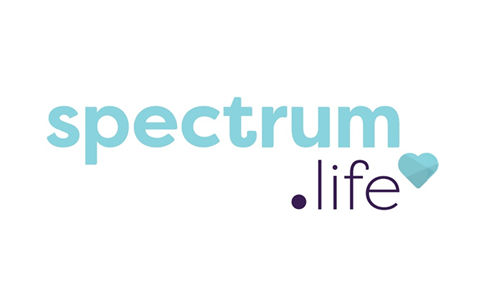
In an increasingly demanding work culture, organisations that want optimum performance and productivity must take active steps to protect the mental health and wellbeing of their employees.
Creating a supportive workplace culture has never been more of a challenge for organisations, with mental health difficulties one of the main causes of the overall disease burden worldwide, and 1 in 6 people in the UK now experiencing a common difficulties such as anxiety and depression in any given week. This can impact productivity and general atmosphere in the workplace.
EAP – An Effective Solution for Workplace Mental Health
With the Mental Health Foundation concluding that workplaces have a responsibility to improve wellbeing, organisations must find effective ways to provide the necessary duty of care, in order to prevent the onset of mental health problems before they occur and support good mental health for all. One such way is through an Employee Assistance Programme (EAP), a long-established workplace intervention tool that can help employees with personal or work-related problems – and more specifically, offer the different preventative approaches required towards improving workplace mental health.
Gone are the days when an Employee Assistance Programme was simply a helpline stuck to the notice board with slightly negative connotations. Now it’s an active and vibrant support system that provides a wide array of information, advice, counselling and services for health and wellbeing.
EAP Improves Productivity
American research studies show that often the largest area of financial savings associated with EAP use comes from improved employee productivity – as in reduced presenteeism and reduced work absence. Furthermore, studies such as National Behavioral Consortium Industry Profile of External EAP vendors, reports that while EAP services vary considerably across vendors and types of services, end user satisfaction is very high, with the large majority of users reporting positive personal outcomes and improvements at work. In short: the more organisations and employees use an EAP, the better for everyone.
Frequent EAP Usage Benefits the Workplace
However, to fully leverage the benefits of the Employee Assistance Programme – whether for those with pre-existing conditions, or as a preventative measure – employees need to view mental health in the same way as they would physical health.
If employees can regularly engage with an EAP from the start, it not only gives them a sense of purpose, empowerment and fellowship, it makes them active participants in managing and maintaining their own workplace mental health and general wellbeing.
Modern Measures for Workplace Mental Health
Given that mental health is viewed as a mediator of our overall good health, an effective Employee Assistance Programme should offer a broad scope of services and expertise that caters to maintaining overall wellness around all areas of daily life. From access to mental health, fitness and nutrition experts, life coaching, finance and career guidance, consumer advice, to carefully curated inspirational seminars, workshops, online content and onsite events, having all these services under one umbrella is enormously beneficial. It enables organisations to introduce all kinds of wellness initiatives around the pertinent issues facing employees today. It also makes the over-riding focus on general wellness, which is the right approach when tackling the complexities of workplace mental health.
In addition, an EAP should be a customised digital platform and app, so that employees can take steps to improve their workplace mental health, wherever, whenever. Whether it’s a free phone number or a live chat – even the chance to speak to a qualified and accredited mental profession at a convenient location – the easier it is to access 24/7 support, the higher the EAP usage will be.
An Employee Assistance Programme also needs to fit in with the rest of the organisation’s brand identity, so that it not only seamlessly integrates itself into the existing work culture, it removes much of the stigma about using one. Furthermore, a user-friendly dashboard that enables employees to move from one activity to the next automatically prompts them to start setting, tracking and managing their own long-term wellness goals.
Promoting EAP Usage
In response to research finding that those enrollees in workplaces where employers extensively promote an Employee Assistance Programme product are more likely to use EAP counselling services, organisations must make a greater effort to promote EAPs and increase their visibility. They can do this by providing programme orientations, educational seminars, training's and related activities to increase employees’ knowledge of Employee Assistance Programmes. By inspiring confidence and familiarity with the services and continuously promoting the service’s availability and accessibility, organisations can increase the prospect of the EAP being regularly used by employees to maintain workplace mental health.
Emphasising the Confidentiality of EAP Service
It is commonly misconceived among employees that information may be shared with Employers if the service is used. It’s important for organisations to make it abundantly clear that any workplace mental health services offered confidential. Even if organisations want to instantly track employee usage, identify key success metrics and increase attendance at wellness events, this information is still anonymous and must be promoted as such.
Actively promoting EAP services and insuring it is communicated in a way that eschews any connotations of stigma or shame will not only create a more open and comfortable culture in which to work, but it will also increase usage of the service. Increased usage, in turn improves quality and quantity of workers’ output and makes your organisation a better place to work.











